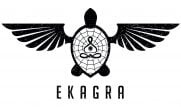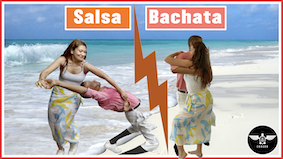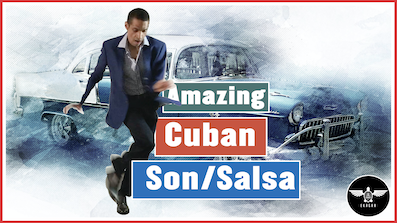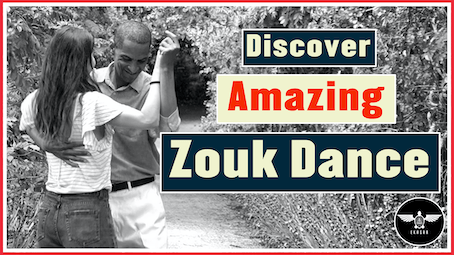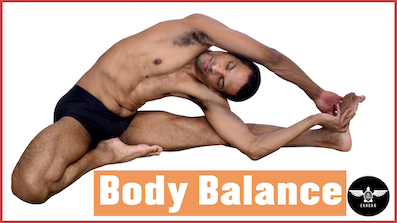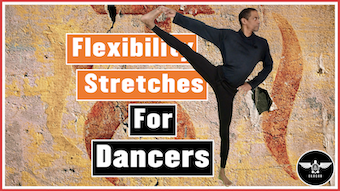
Body isolation is one of the main fundamentals of transforming your body into a malleable tool you can play with. Everybody should practice body isolation and movement to keep every part of their body healthy, flexible, and ready for more extensive physical activities.
What is body isolation?
Have you ever witnessed someone moving his head sideways while keeping his body still? Body isolation is selecting a particular section of your body that you will manipulate while other body parts remain motionless. Of course, most would probably say that this is not possible. And in a certain way, other parts of your body do indeed move, even if it does not look that way. But in essence, what you do is dictate to your body to act a certain way. Mind-over-body philosophy.
Why is body isolation important?
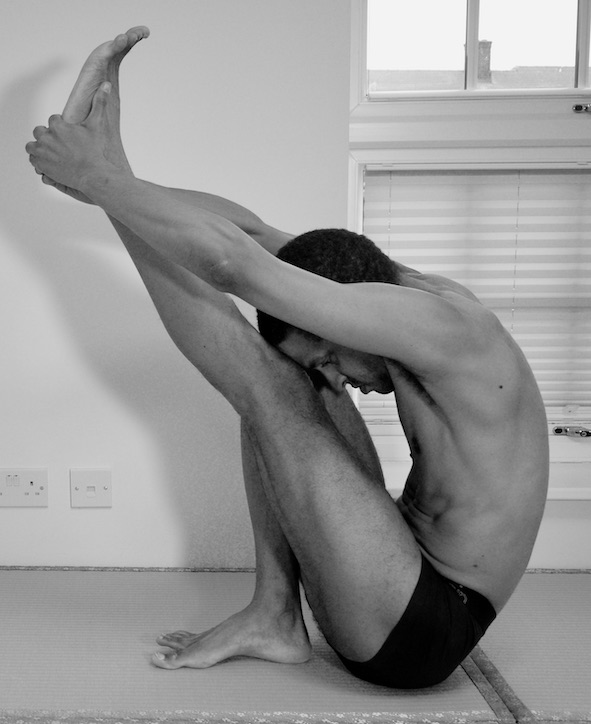
Body isolation and flexibility are the gates that separate you from ultimately owning your body. Unfortunately, many athletes focus on their physical conditioning and focus less on their flexibility and body isolation. As a result, they pay the price later as age mounts on them while their body slump.
However, working on flexibility alone can be a disaster, especially in activities such as yoga. That’s where body isolation comes to play. Before you engage in physical activity of any sort, doing body isolation exercises will do marvelous things for the health of your body. It will prepare it for what is to come and ensure you create a healthy pre-activity in every part of your body. Once I did a body isolation demo before a salsa class. One of the students mentioned afterward that a neck pain that had harassed her for a while somehow disappeared.
The command over your body
Whenever you see a dancer do things with his or her body that seems out of this world, you can be sure that he/her has spent lots of time on routines such as body isolation. The way to think about body isolation exercises is to consider the body as either a stiff bar or a modelling clay. And ask yourself “with which material can I create the shapes that I want?”. In essence that’s what body isolation exercises are there for. To allow you to command your body to do what you want when you desire it.
How do you isolate your body?
To conduct proper body isolation, other body parts must remain still. So, for example, if you want to work on the upper parts of your body, you can stand firmly on your legs while playing with the body parts you want to work on. Or you can sit on a chair while doing the exercise. The point is to ensure that when you move some parts of your body, while other sections stay as still as possible.
Following are some specific instructions on isolating certain areas of your body.
How do you isolate your neck?
Neck flexibility is essential to avoid issues such as a stiff neck or other related neck pains. I found out that working on the isolation of my neck drastically reduced the chances of cervical neck strain.
Body isolation for Neck:
# First, slowly move your head sideways, left to right. You try to extend as far as possible.
# Then, you make a similar motion from up to down. Be sure not to make the motion too fast and avoid them altogether if you have any injuries (speak to your doctor first).
# Following these two motions, the third exercise is to let your neck drop from one side of the shoulder to the next. Don’t exert force with your hand. Just let it drop as far as it can.
# From there, the fifth exercise consists of “sliding” or “rolling” your head from one side to the other.
Comment
At first, you will tend to move your shoulders either upward or downward, and other body parts might also move. Just keep your gaze in front of you and ignore the movements of your body. With time and practice, you will see that you can move your head while the remaining of your body stays still.
Body isolation for the shoulders
I like to work extensively on this critical part of the body. I realized it not only helps with my dance movements, but shoulder isolation also helps me avoid serious injuries when I do physical activities such as push-ups or handstands.
Like the neck isolation exercises, you will stand straight (in front of a mirror if possible).
Shoulder roll forward
As you roll one shoulder clockwise, you try to ensure the other does not move. As a matter of fact, focus on the shoulder that should stay still. Indeed, this will educate your mind to command your body not to move. After a while, you change shoulders.
Backward roll
You start again with the shoulder you first worked on. Only this time, you do the movement backward (anticlockwise). After a while, you can change sides.
Shoulder tap
A third exercise for the shoulder consists of creating a “beat the drum” motion with them. First, you go backward, then forward, as if you are trying to play the drum with your shoulders. You can start with the right side. Then, after a while, you can change shoulders.
“I don’t know”
This next exercise could be best described as the lifting of the shoulders when someone ask you a question to which you don’t know the answer. You raise them up then just drop them down. As for the previous exercises you can do it first with one shoulder, then the other one. Finally, you can do both either together or with quick alternance between one shoulder and the other.
How do you do chest isolations?
Another section of the body you can work your body isolation on is your chest. First, you keep your body firmly planted on your feet, bending the knee slightly to create pressure on the floor. Then you move your chest forward (as if you were protruding). Then backward (as if someone had punched you and you felt the effects). You then come back forward toward your right. Next, go back forward in the center. Finally, forward to your left. You then restart the exercise in these four directions until you feel confident and can execute the move in one significant circular motion.
Body isolations for the hips
I love isolating this part as I consider that the basis of all activities starts from the core, hips, and manipura chakra. Like with the chest isolation, you move your hips to the right while ensuring your feet are planted on the floor, and your upper parts are in line with your feet. It should look as if your body was cut in 3 parts, with the middle part going to the right. You then do the same exercise to the left. Then backward and forward. Once you get a grip on the exercise, you can do it in a circular motion. This move looks provocative, but I know its secret power when I dance (these are stories for another time).
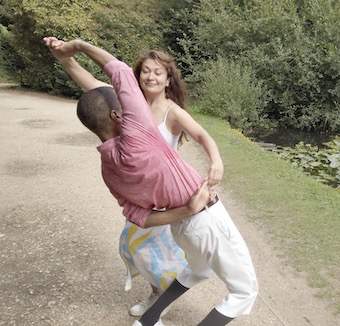
Other parts of your body you can isolate
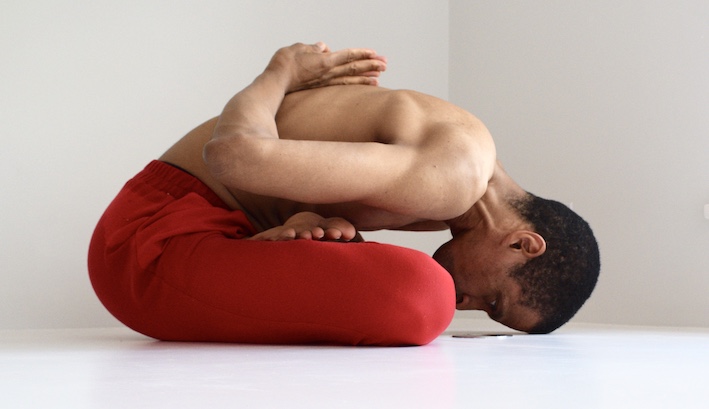
Another great one is to stand still on one leg, lift the other, and stretch the lifted leg forward and backward. I can also rotate it around the knee joints. This small exercise is very effective in helping me avoid injuries while stretching my leg.
Another part of your body you can also isolate is your ankles. Again, this prevents injuries, especially if you are dancing or running.
Body Isolation-Movements-Flexibility
Body isolation works great with body movement, flexibility, recovery, and breathing. In my post on the perfect flexibility routine, I go over a step-by-step guide that will help your body tremendously, no matter what physical activity you engage in.
Discover new, untapped materials
Learn Cuban Salsa, Bachata, Improv’ and many other dance styles. Check out these videos and see what you can achieve in less than 3 months. Private lessons available for just £35/Hour. Free body movement and basic salsa and bachata lessons provided.
